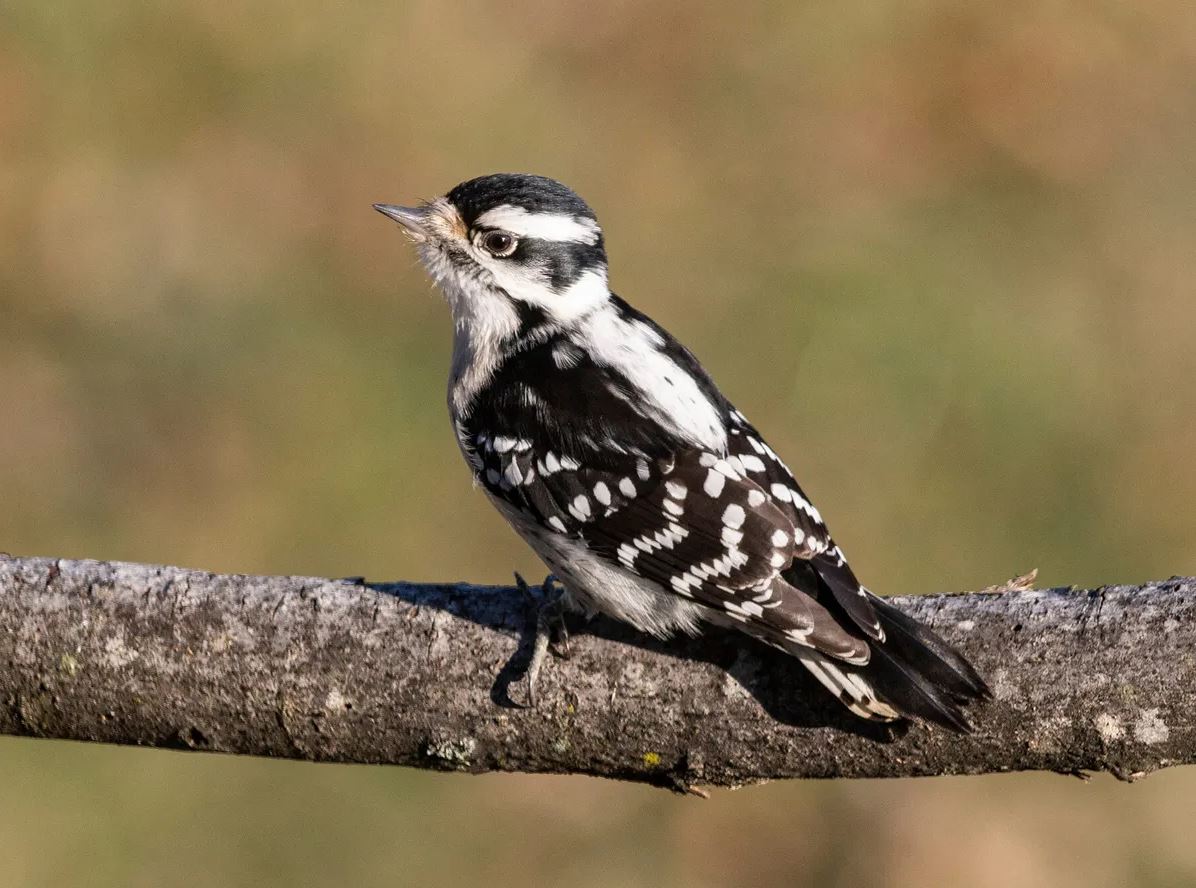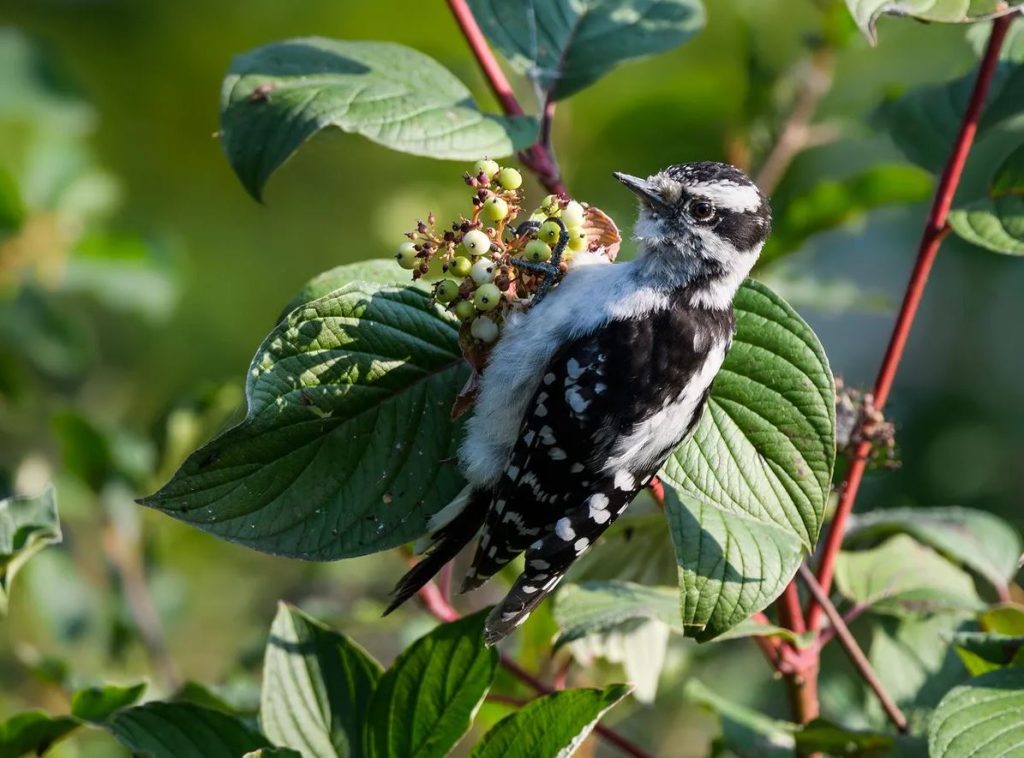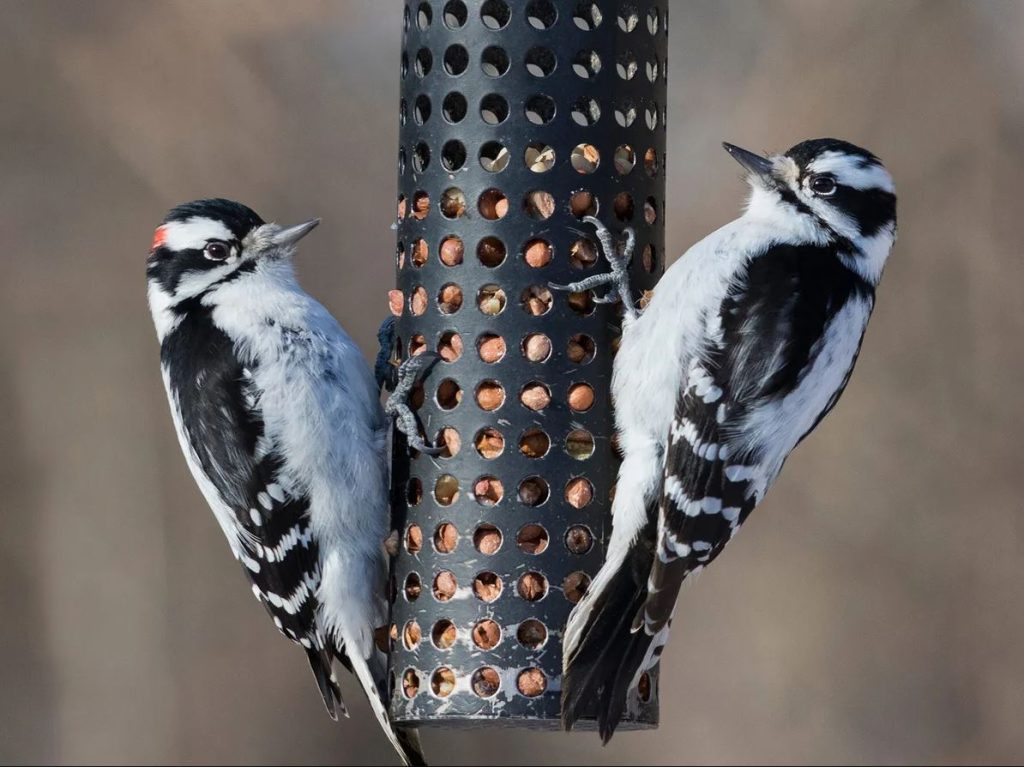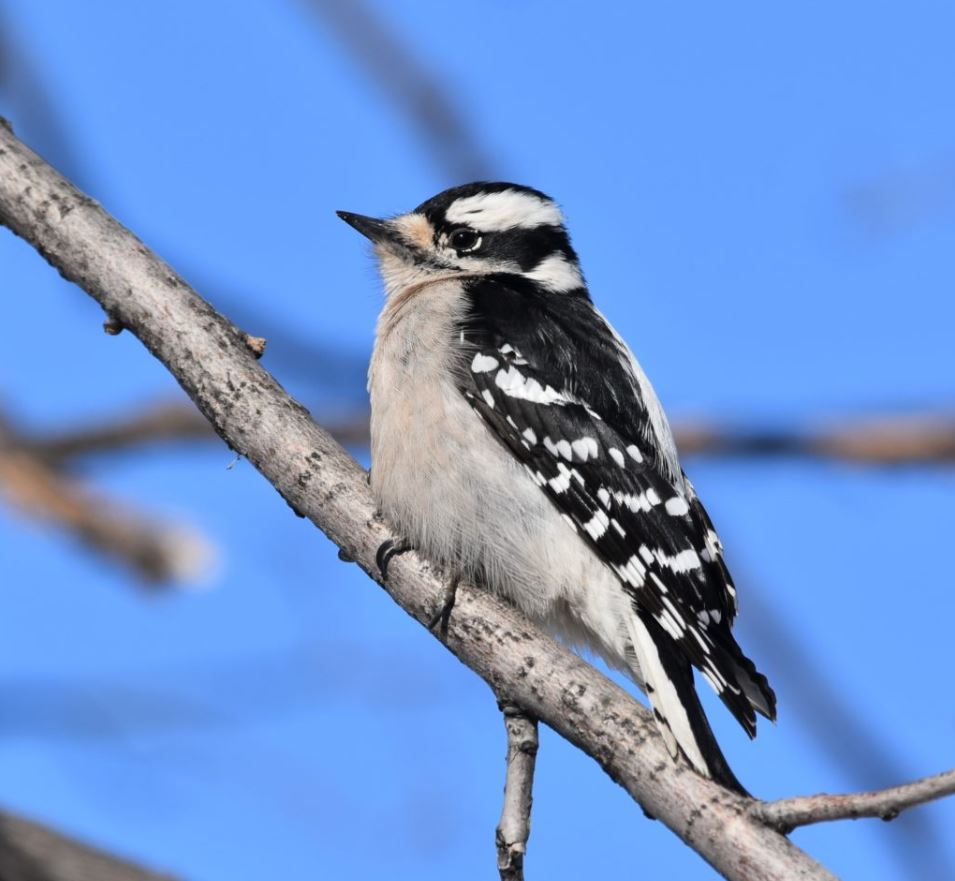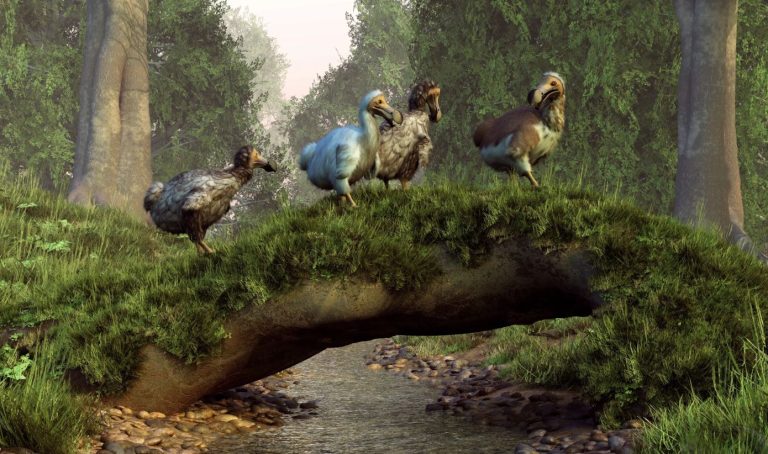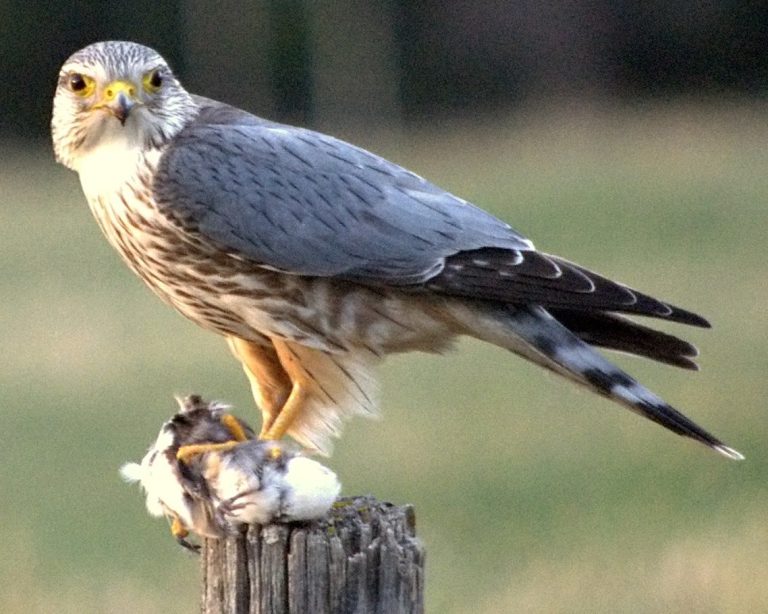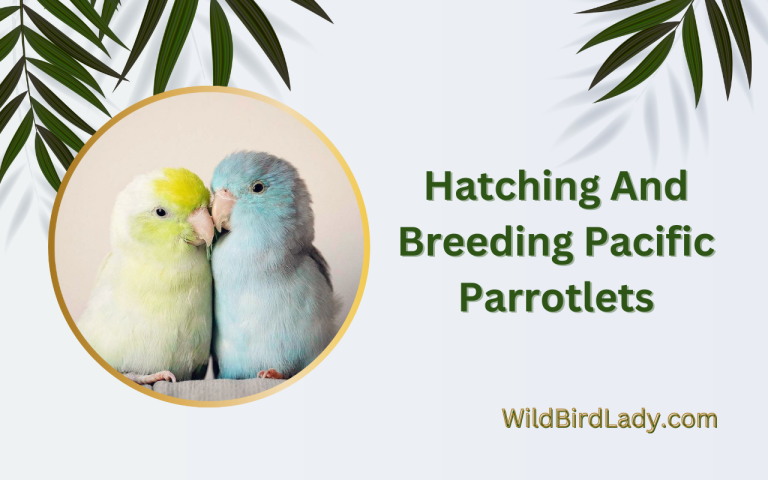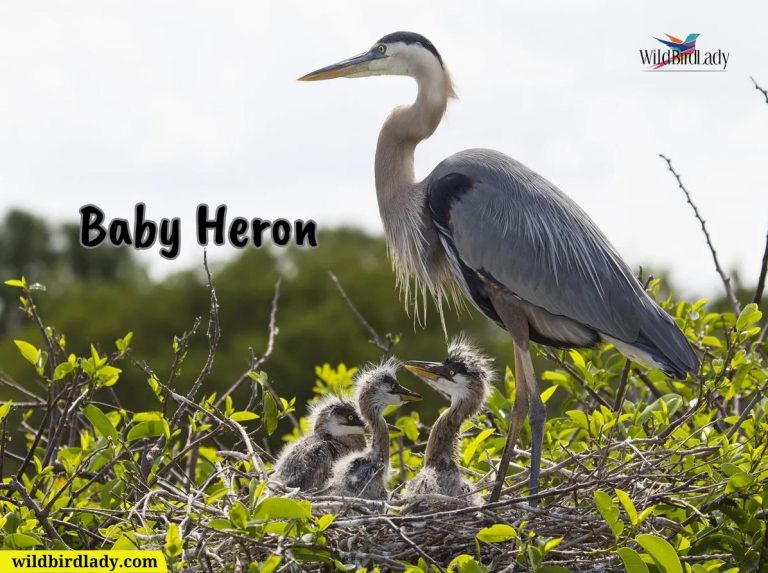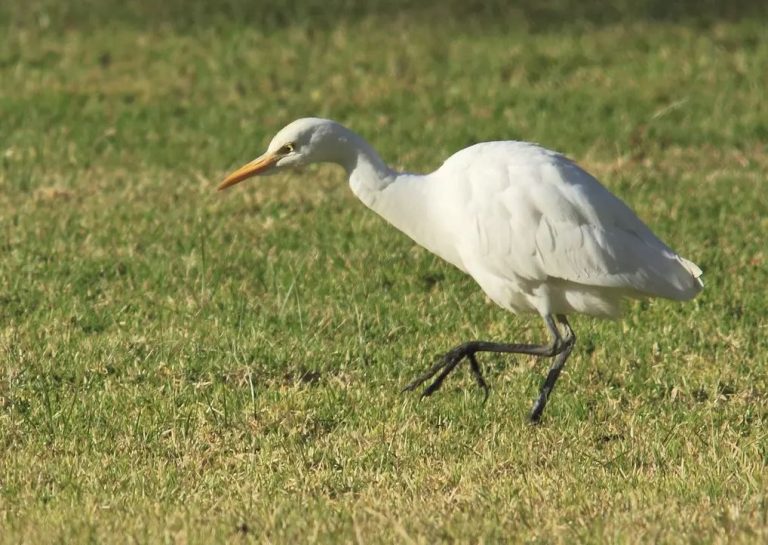Female Downy Woodpecker: A Complete Guide from a Birdwatcher’s Perspective
As someone who has spent over 13 years in the field with binoculars in hand and a notebook always nearby, the Downy Woodpecker has never failed to capture my attention. Of all the woodpecker species I’ve studied, the female Downy Woodpecker holds a unique charm—she’s subtle, resourceful, and remarkably resilient.
In this article, I’ll take you through everything you need to know about the female Downy Woodpecker—from her physical features and behavior to her habitat, nesting, and tips for identification and birdwatching.
Introduction to the Downy Woodpecker
The Downy Woodpecker (Dryobates pubescens) is North America’s smallest woodpecker. Despite its petite frame, this bird is bold, active, and surprisingly adaptable. You’ll find them from Alaska to Florida, tapping away on tree trunks, utility poles, and even backyard feeders.
Their small size and high-pitched “pik” calls make them one of the first woodpeckers most birders learn to identify. But spotting the female Downy specifically requires a bit more attention to detail.
Male vs. Female Downy Woodpecker: Key Differences
Understanding the gender differences is essential when observing this species. While males and females look quite similar at first glance, there are subtle but distinct markers.
| Feature | Male | Female |
|---|---|---|
| Red patch on nape | ✔ Present | ❌ Absent |
| Forehead | Black | Black |
| Cap | Black with red spot (nape) | Solid black |
| Behavior around territory | Slightly more aggressive | More focused on foraging |
| Feeding habits | Often higher in trees | Often feeds lower on trunks |
The most obvious difference is the absence of the red patch on the back of the head in females. That visual cue has helped me dozens of times when I’m trying to confirm the bird’s sex, especially in mixed flocks.
Physical Characteristics of the Female
The female Downy Woodpecker measures around 5.5 to 6.7 inches in length with a wingspan of about 9.8 to 11.8 inches. Her weight usually ranges between 0.7 to 1.0 ounces—incredibly light for a bird with such energetic movement.
Coloration:
- Black wings with distinct white spots.
- White underparts.
- Black-and-white striped head.
- Lacks the red nape spot seen in males.
Even without the red patch, the female is a beautifully patterned bird—her markings are crisp and well-defined. According to the Cornell Lab of Ornithology, the Downy’s delicate appearance is one of its most defining traits.
Habitat and Range
Female Downy Woodpeckers are widespread across North America. They can be found in:
- Deciduous forests
- Mixed woodlands
- Parks
- Suburban backyards
- Orchards
Interestingly, they are one of the few woodpecker species comfortable in both wilderness and urban environments.
From my observations, females tend to forage at lower heights compared to males. They frequent shrubs, low branches, and even dead weed stems—a behavior that helps reduce foraging competition between sexes.
Behavior and Diet
The female Downy Woodpecker is a methodical forager. She hops, climbs, and pecks her way along branches and trunks in search of insects, larvae, and spiders.
Diet Includes:
- Ants
- Beetles
- Caterpillars
- Tree sap
- Berries (especially in winter)
- Suet (in backyard feeders)
They are excellent at using their barbed tongue, which can extend nearly one-third their body length, to extract insects from crevices.
Unlike some larger woodpecker species, Downies do not rely on heavy drilling. Instead, they gently tap and probe, making them quieter and less destructive guests in your backyard.
Nesting and Reproduction
During spring, females begin searching for nesting cavities—usually in dead trees or limbs. Both male and female share excavation duties, but the female often selects the site.
Nesting Facts:
- Cavity depth: 6–12 inches
- Eggs: 3–8 white eggs
- Incubation: ~12 days
- Both sexes incubate and feed chicks
I’ve had the joy of watching a pair of Downies take turns entering and exiting a nest hole every 20 minutes or so during chick-rearing. The female was especially diligent, always arriving with a small grub or caterpillar in her beak.
Seasonal Patterns
Downy Woodpeckers are non-migratory, meaning the female you spot in your backyard this winter may very well be the same one you saw in spring.
Their behavior shifts slightly with the seasons:
- Spring/Summer: Active breeding, courtship drumming, cavity excavation.
- Fall/Winter: Join mixed-species flocks, visit suet feeders more frequently.
The female becomes more visible in winter when she ventures into backyards and parks, often with chickadees, nuthatches, and titmice.
How to Attract Female Downy Woodpeckers
If you want to draw these lovely birds into your yard—especially females—here are my tried-and-true methods:
1. Offer Suet Feeders
Females love suet, particularly in cold weather. I recommend using no-melt suet cakes in summer and high-fat suet in winter.
2. Plant Native Trees
Include birch, willow, and oak trees in your landscape to provide natural foraging opportunities.
3. Leave Dead Wood Standing
Snags and stumps offer nesting and feeding sites. As a birder, I encourage responsible dead wood retention when safe.
4. Avoid Pesticides
Insects are the female’s primary food source—eliminating them affects the bird directly.
5. Install Nesting Boxes
Place woodpecker-friendly boxes 10–20 feet high in quiet areas.
Tips for Identifying Females in the Wild
Over the years, I’ve learned that identifying a female Downy Woodpecker isn’t just about spotting the lack of red on her head—it’s about observing the nuances of her behavior, posture, and presence. Here are some proven techniques to help you distinguish females more accurately in the field.
1. Absence of Red on the Nape
This is the most reliable visual cue. Male Downy Woodpeckers have a small red patch on the back of their heads—females do not. Instead, the female’s crown and nape are solid black. When sunlight hits just right, this detail becomes especially clear through good binoculars. I always remind beginners to pause and scan the head thoroughly before making an ID.
2. Observe Feeding Height
In mixed-gender territories, females often forage lower on tree trunks, shrubs, or even on weed stems. Males usually claim higher spots in the canopy. If you see a Downy pecking along the base of a tree or navigating twigs just above the ground, chances are you’re observing a female.
This vertical partitioning is a form of niche differentiation—it reduces competition and helps both sexes thrive in the same habitat.
3. Behavior: Quiet and Focused
In my experience, female Downies are more subdued in both sound and movement. While males may engage in territorial drumming or vocalizations, females tend to remain silent, focusing on foraging. You’ll often notice them working methodically along bark or stems, pausing only briefly before resuming their search for insects.
Their movements are also more deliberate and calculated—less darting and more “step-by-step.”
4. Use Binoculars with Fine Resolution
To confidently distinguish males from females, a good pair of binoculars (8×42 or 10×42) is essential. Focus on:
- Head markings
- Eye-stripe shape
- Behavior and subtle differences in foraging height
I recommend observing from a distance and letting the bird come into view naturally rather than chasing it through the woods—female Downies are often more tolerant of stationary observers.
5. Look for Subtle Social Positioning
In winter, Downy Woodpeckers join mixed-species flocks with chickadees, titmice, and nuthatches. In these flocks, females are often less dominant and stay near the edges or follow behind other birds. I’ve noticed that when several Downies are around a feeder or tree, the less aggressive individuals—usually females—wait their turn or find alternative spots rather than compete.
6. Watch How They Feed at Suet Feeders
Here’s one of my favorite tricks: Watch how the bird interacts with a suet feeder. Males are often bold, assertive, and may drum briefly before landing or chase away others. Females, on the other hand, usually approach quietly, land with care, and eat in a calm, steady rhythm.
If a Downy lingers without making much fuss—focused and relaxed—it’s likely a female. This feeder behavior has helped me confirm IDs many times, even in less-than-ideal lighting.
Conservation Status
The Downy Woodpecker, including the female population, is listed as a species of Least Concern by the IUCN. According to Partners in Flight, the global breeding population is estimated at over 13 million.
Factors aiding their stability:
- Wide range
- Adaptability to human environments
- Strong nesting success
However, they’re still affected by:
- Habitat loss (especially removal of dead trees)
- Climate change altering food availability
Supporting native vegetation and avoiding chemical use are small but impactful ways to help.
Final Thoughts
The female Downy Woodpecker may not have the flashy red crown of her male counterpart, but she is every bit as fascinating. With her quiet perseverance, sharp foraging skills, and adaptability, she adds subtle charm to any woodland or backyard.
For me, observing her is a lesson in attentiveness. She teaches patience—the kind only a seasoned birder appreciates. Next time you see a tiny woodpecker pecking at your apple tree or clinging to a suet block, take a closer look. You might just be in the presence of the female Downy herself.
FAQs
Q1: How do I tell a female Downy Woodpecker from a male?
A: Look for the absence of the red patch on the back of the head. Females have a solid black and white head, while males show red on the nape.
Q2: Are female Downy Woodpeckers less active than males?
A: Not necessarily. They are just as active but tend to forage more quietly and at lower heights.
Q3: Can I attract female Downy Woodpeckers with peanut butter?
A: Yes! They enjoy peanut butter-based suet mixtures, especially in colder months.
Q4: Do female Downy Woodpeckers drum on trees?
A: Yes, both sexes drum, but males tend to drum more frequently for territorial and courtship purposes.
Q5: Are female Downy Woodpeckers aggressive?
A: They are generally calm but can defend their feeding or nesting territory if needed.

